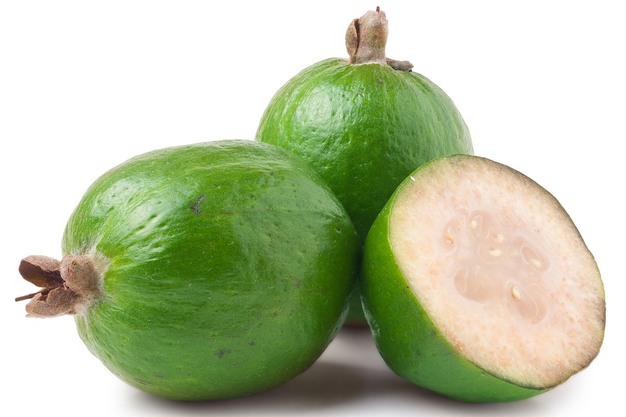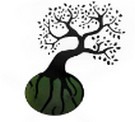The feijoa is native to South American countries, but it is also commonly found in backyards in New Zealand, it also grew on a commercial scale, although it is mainly destined for the domestic market. There is currently around 200ha grown. This is spread across roughly 200 growers. There are a few large growers, mostly in the Gisborne area, but most growers are small.
Roger Matthews, President of the NZ Feijoa Growers Association, has 1,100 trees over 1.5 hectares.
"I think that the area dedicated to feijoas is reasonably static. There was a recent fall off when a fungal disease destroyed trees in the Far North around Kerikeri. A fungus called anthracnose proved fatal to trees, and after research, no successful treatment could be found. Thankfully it has not spread, but there are now no commercial growers in or around Kerikeri. Orchards in the Auckland area have also been challenged by guava moth and some have shifted to less susceptible crops. The moths have not been reliably found south of the Bombay hills, excepting a site in Miranda and a couple in Coromandel."

"In my orchard in Morrinsville, harvest starts at the very end of March, early April. This will of course vary across the country depending on the climate. It also varies if growers have irrigation, orchards that irrigate can get fruit to market a few weeks earlier. In areas that get frosts, the first hard frost (mid to late May in the Waikato) usually spells the end of the season, as freezing causes the quality of the fruit to drop off."
The constant wet of last year brought rot and fungus issues to many orchards. Also, the cooler weather brought less and smaller fruit. "Obviously, orchards in parts of Hawke's Bay were devastated by the cyclone and are still in recovery mode and will be for some time. In areas where there was no actual flooding, high water tables drowned some trees and stimulated root rot. In my orchard I lost 25 odd trees and some others are still slowly recovering. We have had several years of summer drought in some parts of the country, and the wet season certainly restored soil moisture and groundwater levels, so things are looking better this year."
"I believe that volumes will be well up on last year, but I have heard suggestion that the average fruit size is still down in some orchards, and I have seen some of that in my orchard. Small and medium grade fruit are often not worth picking."
The domestic demand is restrained, but not as bad as last year, but still down on what was expected. "I feel that the cost-of-living issues and economic uncertainty has caused people to stop spending on 'nice to haves' and concentrated on 'must haves'. Early release growers were reporting early prices to be up to $1 per kg lower than last year, but the wholesale prices I have received have been better than I got last year for better quality fruit."
There is very little export of feijoas as they have short shelf-life which means that they need to be airfreighted, and post covid the freight costs still have not returned to sensible rates. Exports that did occur were mostly to Australia, with some to Singapore, Hong Kong and USA. New Zealand cannot export to either Japan or China due to trade restrictions.

For more information:
Roger Matthews
Pounamu Orchards Ltd
Tel: +64 21 633 831
Email: [email protected]
